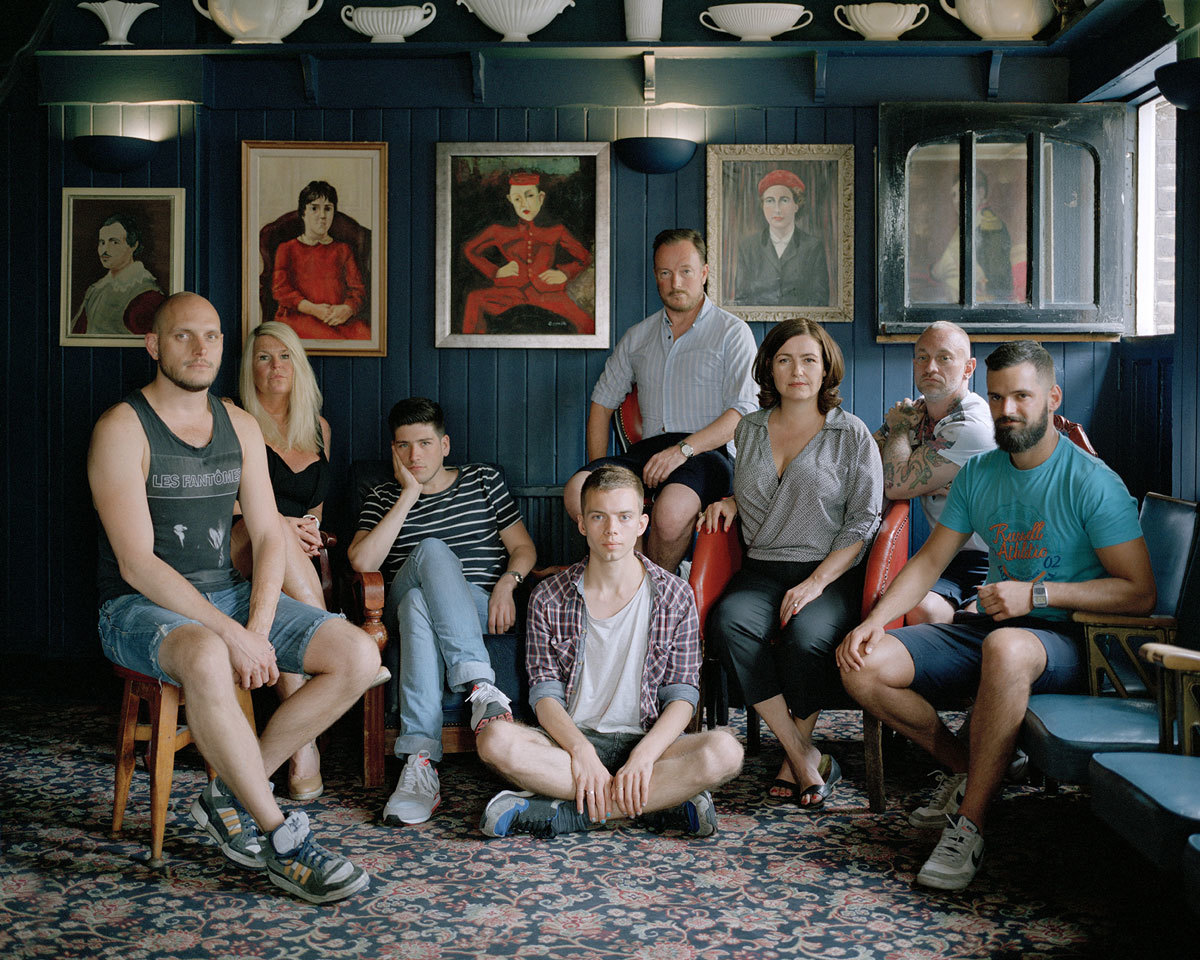Imagine if you couldn’t head to your local for a quick pint on Thirsty Thursday, because first one, then two, then all of your locals had been closed down and turned into flats? That’s why Jan J Klos has captured the East End’s most iconic pubs, preserving their history and raising awareness in a traditional photo series.
FIND out how London’s changing with our series exploring the shifting city.
Londoners, you may have noticed that your local watering holes are shutting up shop at an alarming rate — and it’s not just the capital seeing our beloved public houses closing down. Since the financial crisis in 2008, 1 in 5 pubs in the UK have been snapped up and converted for residential use. The struggling economy, higher rents, land prices, smoking ban, tighter regulations and competition from supermarkets have all played their part.
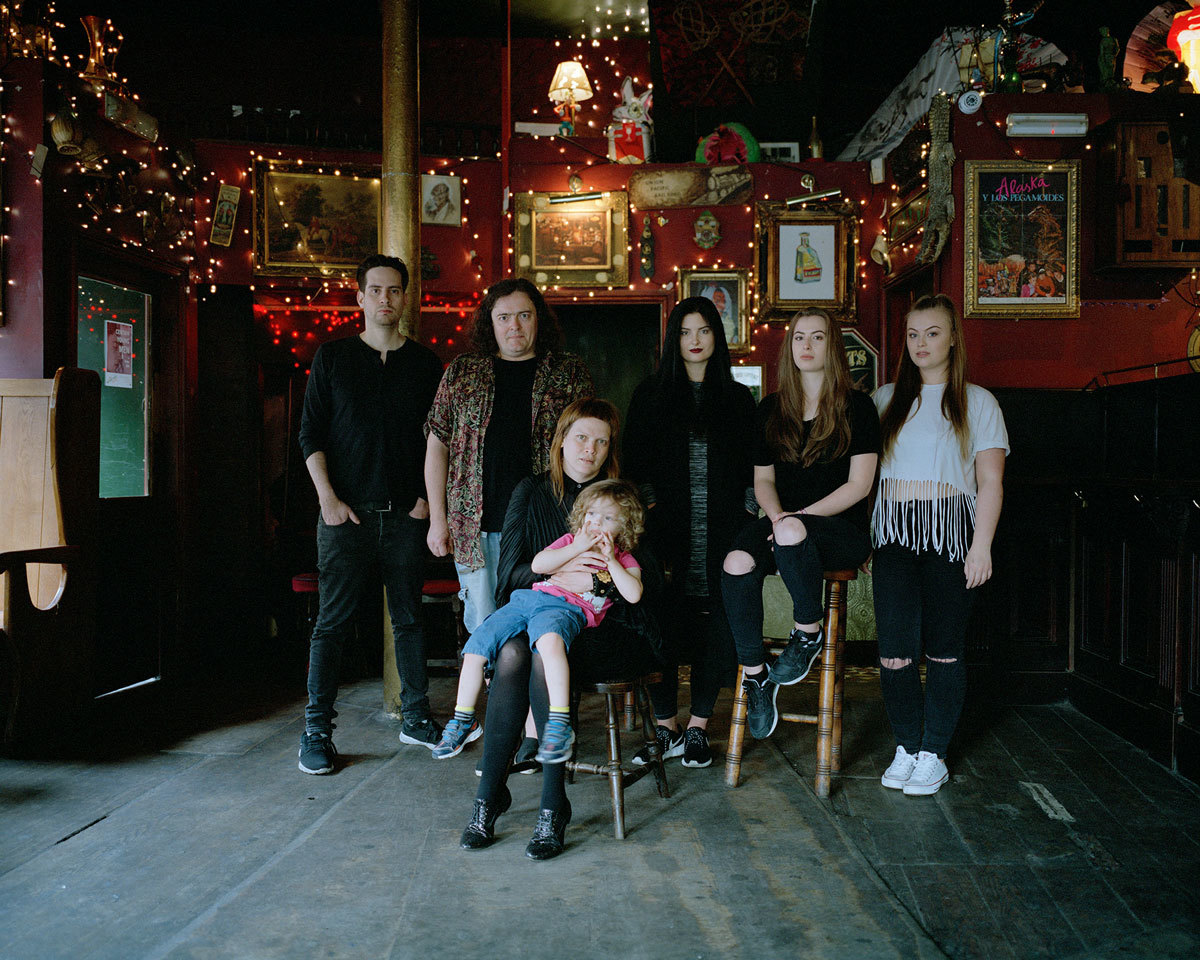
Polish photographer Jan J Klos, has taken on the task of capturing these pinnacles of British culture before it’s too late. Focusing on East London, Klos snapped the locations and staff of its most revered pubs, including the recently closed, iconic gay-friendly boozers; the Nelsons Head, Joiners Arms, and soon to be closed George & Dragon.
Klos first picked up a camera age 10, following in the footsteps of his father who was a keen photographer, and was forced to develop photos at home in a DIY dark room during the communist regime. For this series he was influenced by 18th century group portrait paintings. We caught up with him to talk about the importance of heading to your local for a pint!
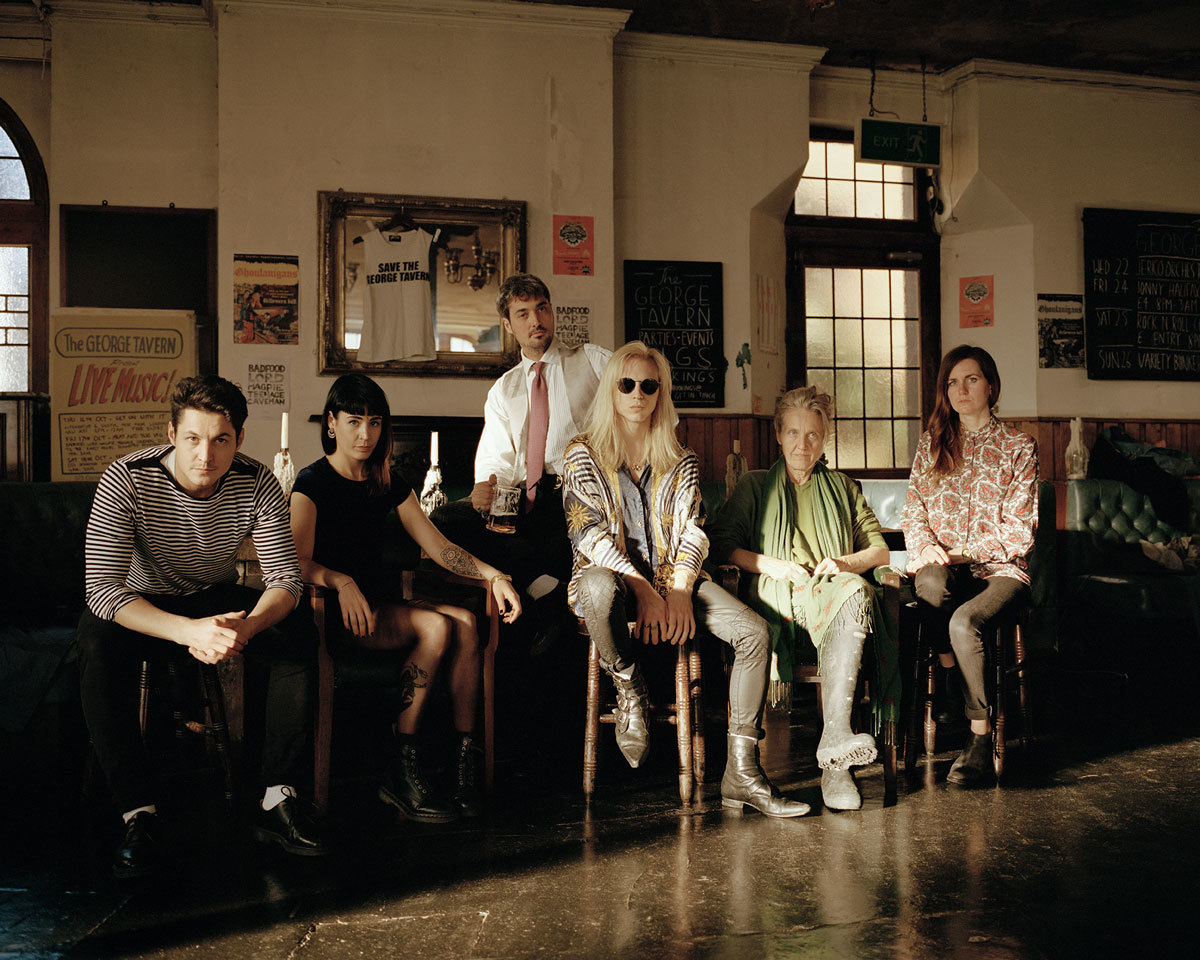
Why did you want to catalogue these pubs and the people who work there?
I’m really interested in traditions, groups or communities that continue to survive in spite of modern day challenges. We live in a fast-changing world where communication and ways of socialising have increasingly found their place online. Pubs and pub culture in general in the UK have been affected by this, as well as by rising alcohol taxes and the smoking ban, and I thought capturing the pubs and the people behind them would be a timely way of creating a historical record of them. On one hand the project serves to celebrate these traditional spaces and the dedicated teams in them, but I also hope it shines a light on pubs and encourages people to use them again. I love pubs and I’d hate to lose them completely.
What does the closing of the Nelsons Head and Joiners Arms, and the potential closure of The George & Dragon says about London nightlife today?
I’m not an expert on pubs or individual closures, but I do think as long as there is a community that requires a space in which to socialise – in this particular case the gay community – then there will be pubs. There may be fewer, but communities will always need to gather somewhere and pubs are the best spaces to serve them. It’s true that gay East London lost The Nelson’s and the Joiner’s, and next the George, but The Glory is a new gay venue that goes from strength to strength. I mentioned that one of the biggest threats to pubs is technology and people socialising at home, and I think the pubs that often survive best are those that use social media effectively. Coming up with events and creating an online presence that tempts people to visit has definitely helped some pubs stay busy and attract new customers who might otherwise stay at home.
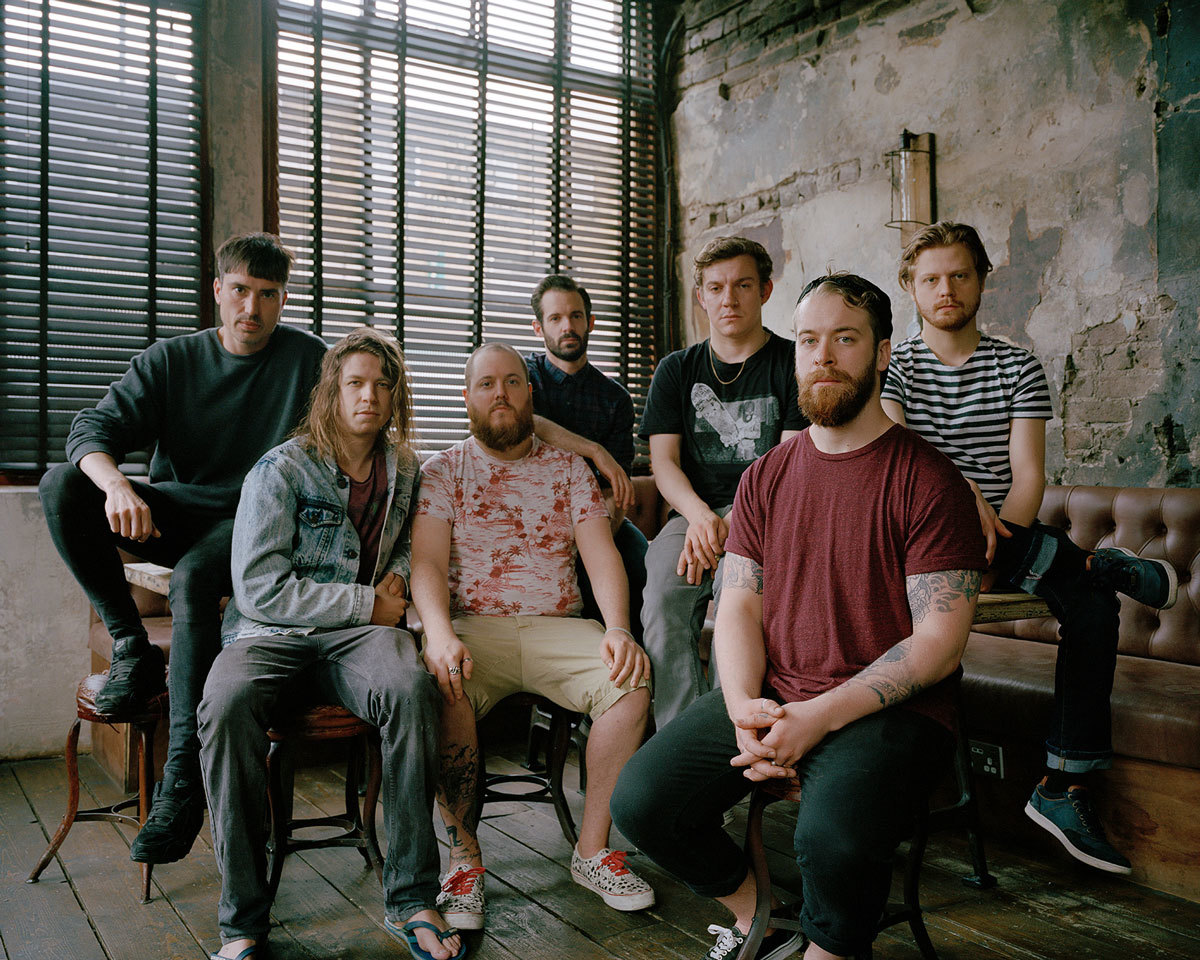
Why was it important to document the staff who work at these pubs?
For me, the staff are at the heart of what makes a pub special. They inject their own personalities on the spaces and quite often come to be like close-knit families. It used to be that your local pub was like a second home, and the staff play a huge part in this for regulars. I also wanted to show that these pubs aren’t empty spaces but are filled with characters determined to keep their doors open.
How important are pubs to London life? There’s nothing like them in other cities.
I think pubs are really important historical landmarks and this project actually started life as a kind of alternative travel guide to London. I was sick of seeing tourists attracted to the same old sights like Big Ben, the London Eye, Houses of Parliament and not actually experiencing a London pub where there’s so much living, breathing history. Some of them are centuries old and are famous for being favourite spots of writers and artists such as Dickens and Wilde. I’d much rather sit in a pub that has pretty much remained unchanged over the years than stand outside Big Ben with a shedload of other tourists. I kind of wanted to open visitors’ eyes a little bit. I think pubs are also important to their local communities – this isn’t unique to London, but I like that you can go to a pub and escape from work, home-life, whatever, and be surrounded by familiar, friendly faces.
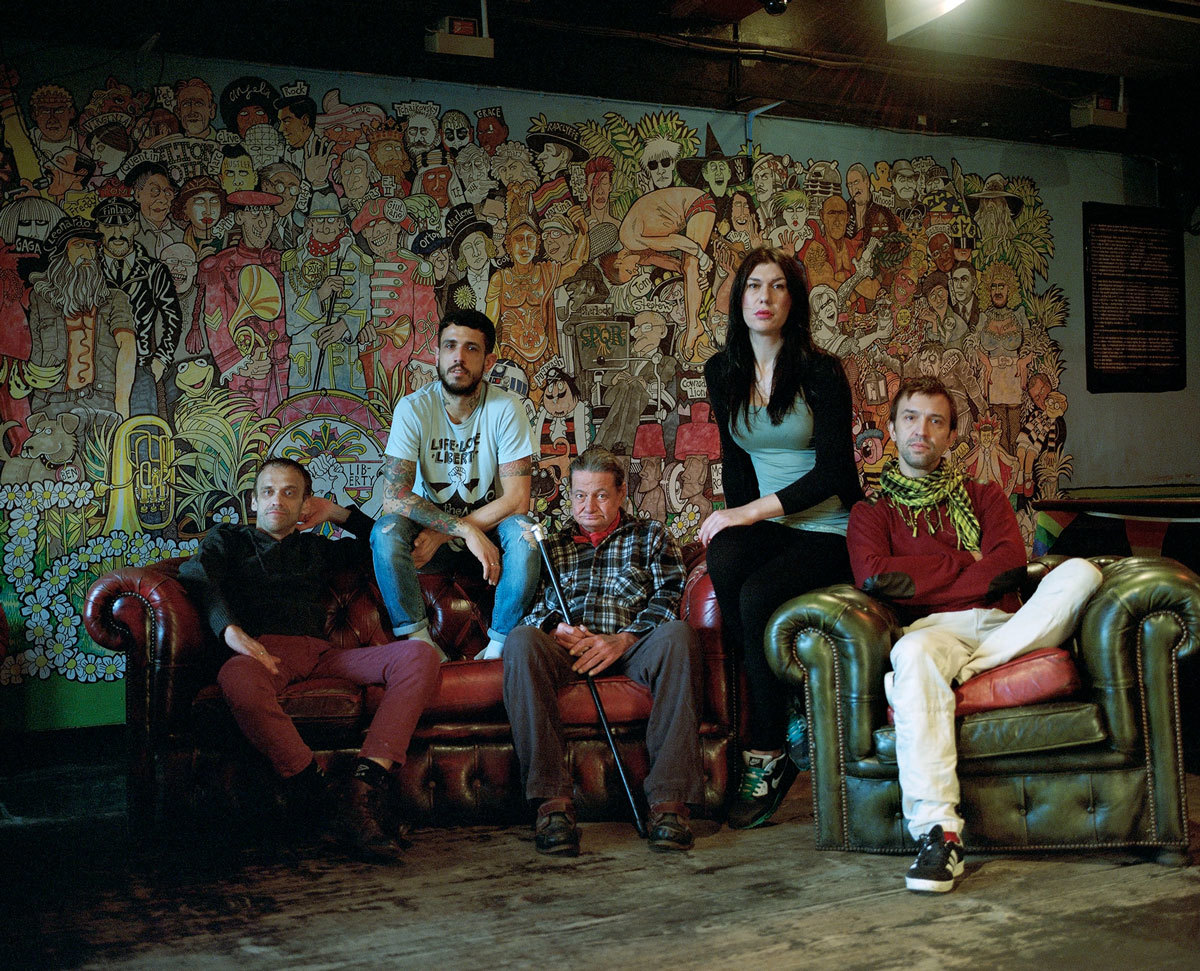
How can pubs protect themselves?
I don’t know what pubs can do to protect themselves – quite often it’s out of their hands and they’re closed because buildings are sold or licenses are revoked – but we can help them by simply going to them more often!
What was it about 18th century paintings that inspired you?
I was inspired by 18th century informal group portraits called “conversation pieces”. What I love about them are the dynamics in composition and colour – they have a level of depth that other works often lack. Although being informal, they look precisely posed. The traditional family portrait in photography and painting was another great influence to my work. People don’t really sit to have their family portrait taken anymore. Most folk are happy to just take snaps of each other on their mobile phones and call it a day, so it felt right to photograph these traditional spaces in a traditional way. It was actually really moving to take time sitting and posing the teams, and for me there’s a fighter’s spirit to the photos.
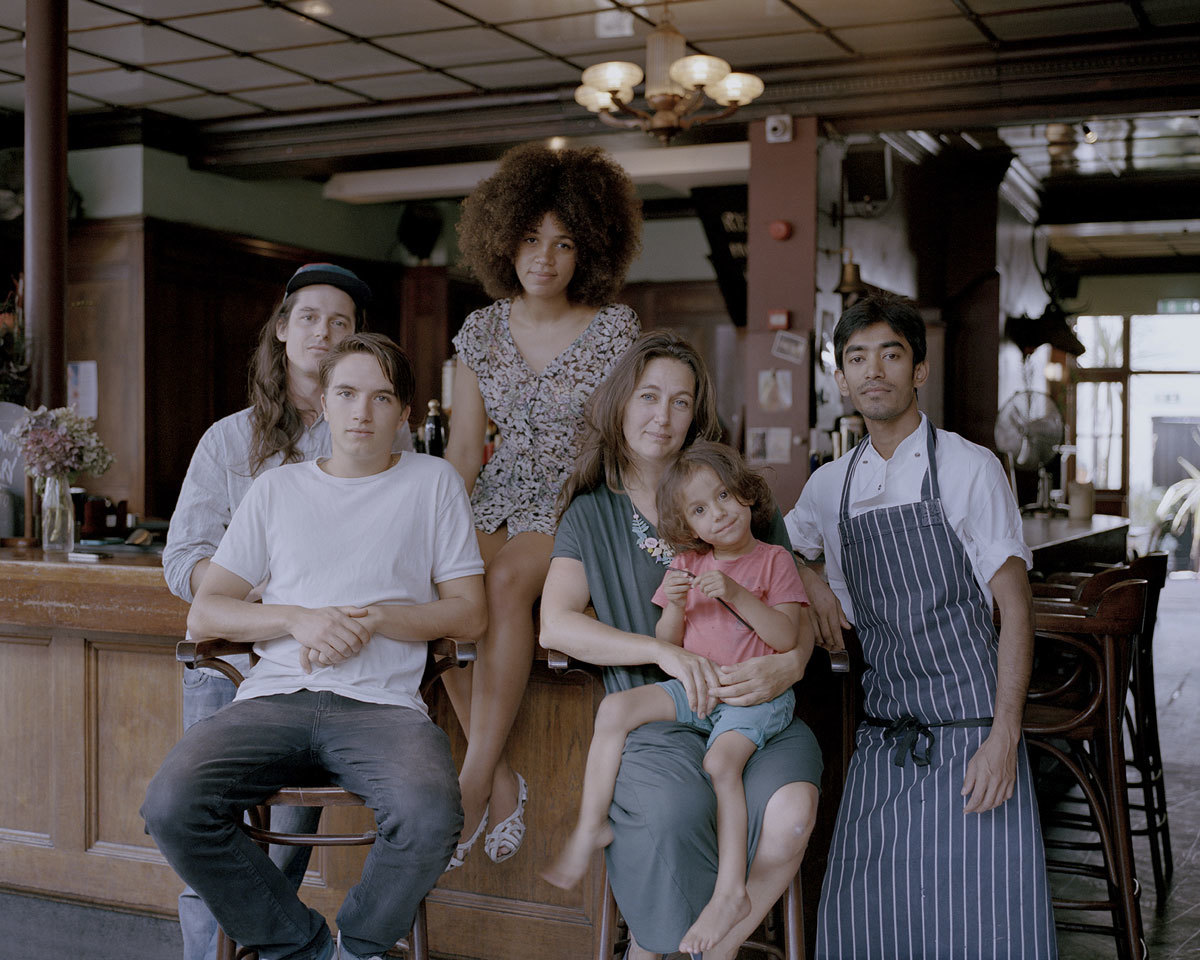
What does East London mean to you?
East London has been a home to me for the past few years and it certainly has had an effect on my work as a photographer. Despite what some say, East London is still very diverse, open and full of history.
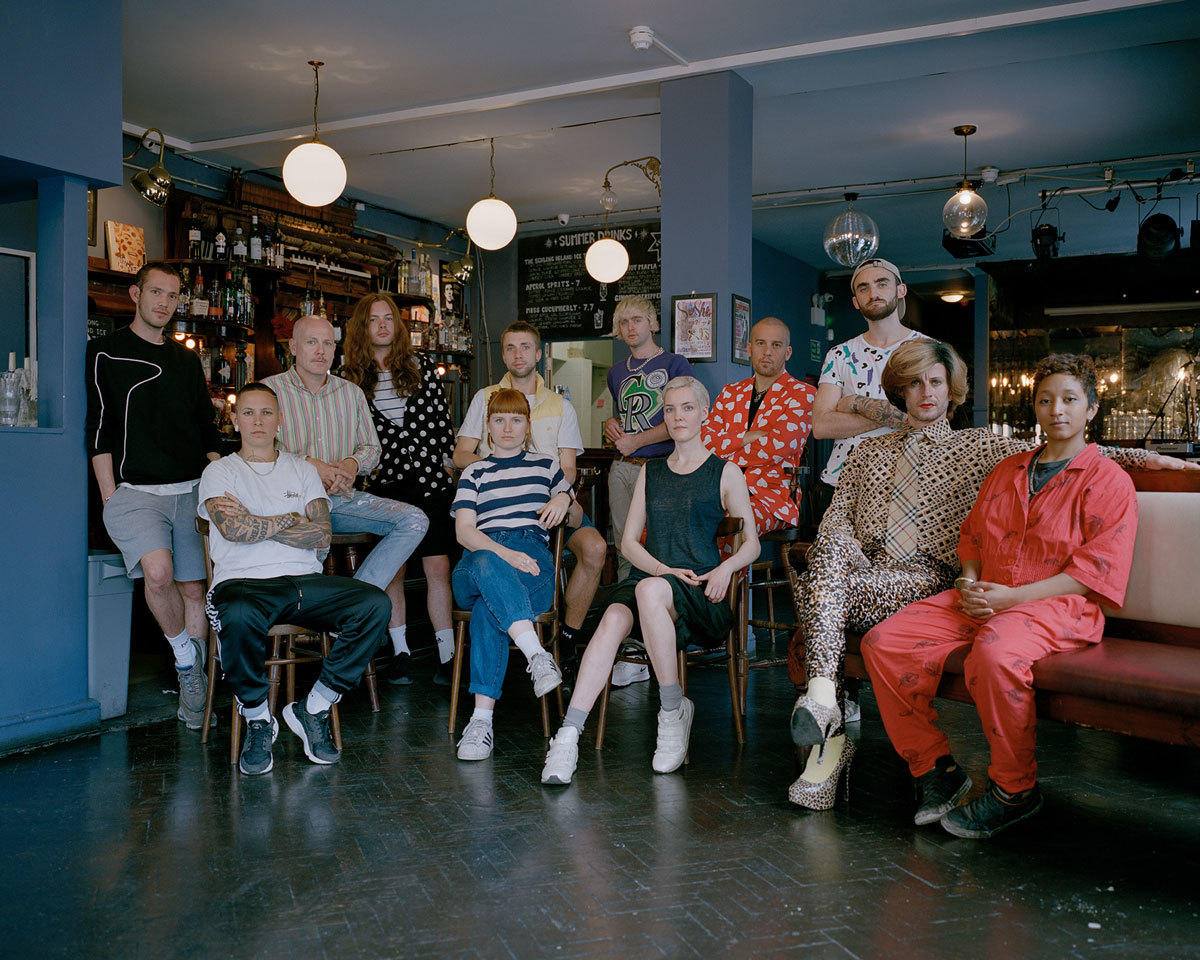
Credits
Text Rebecca Boyd-Wallis
Photography Jan J Klos, fromThe Photographic Guide to the Pubs of East London
